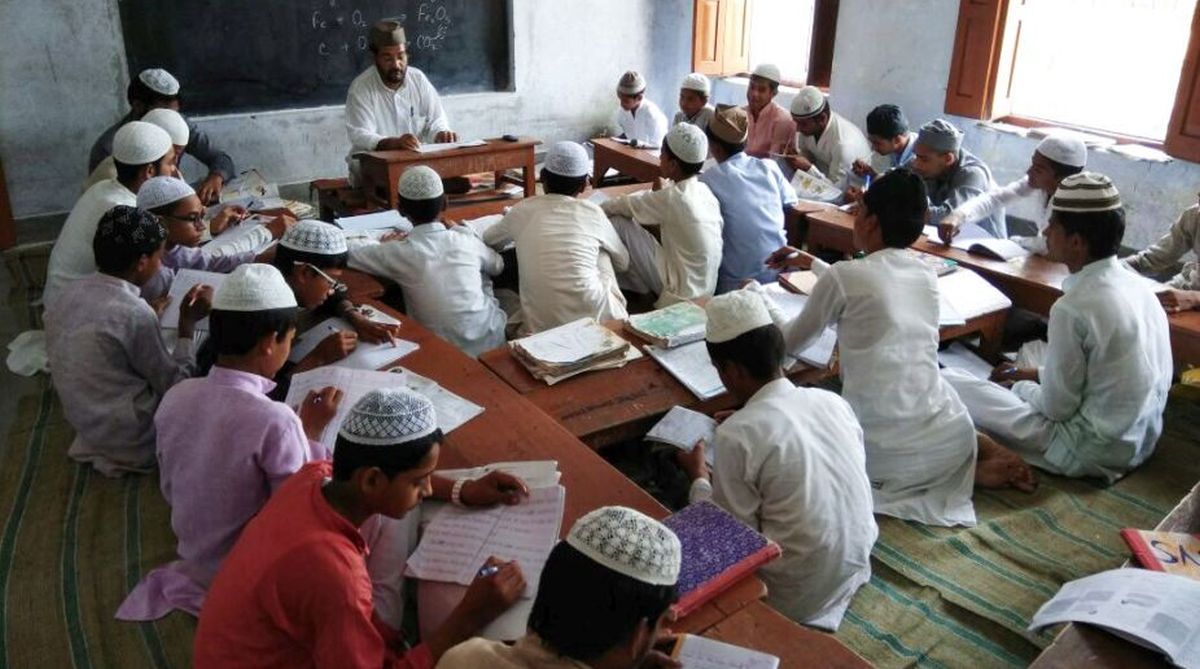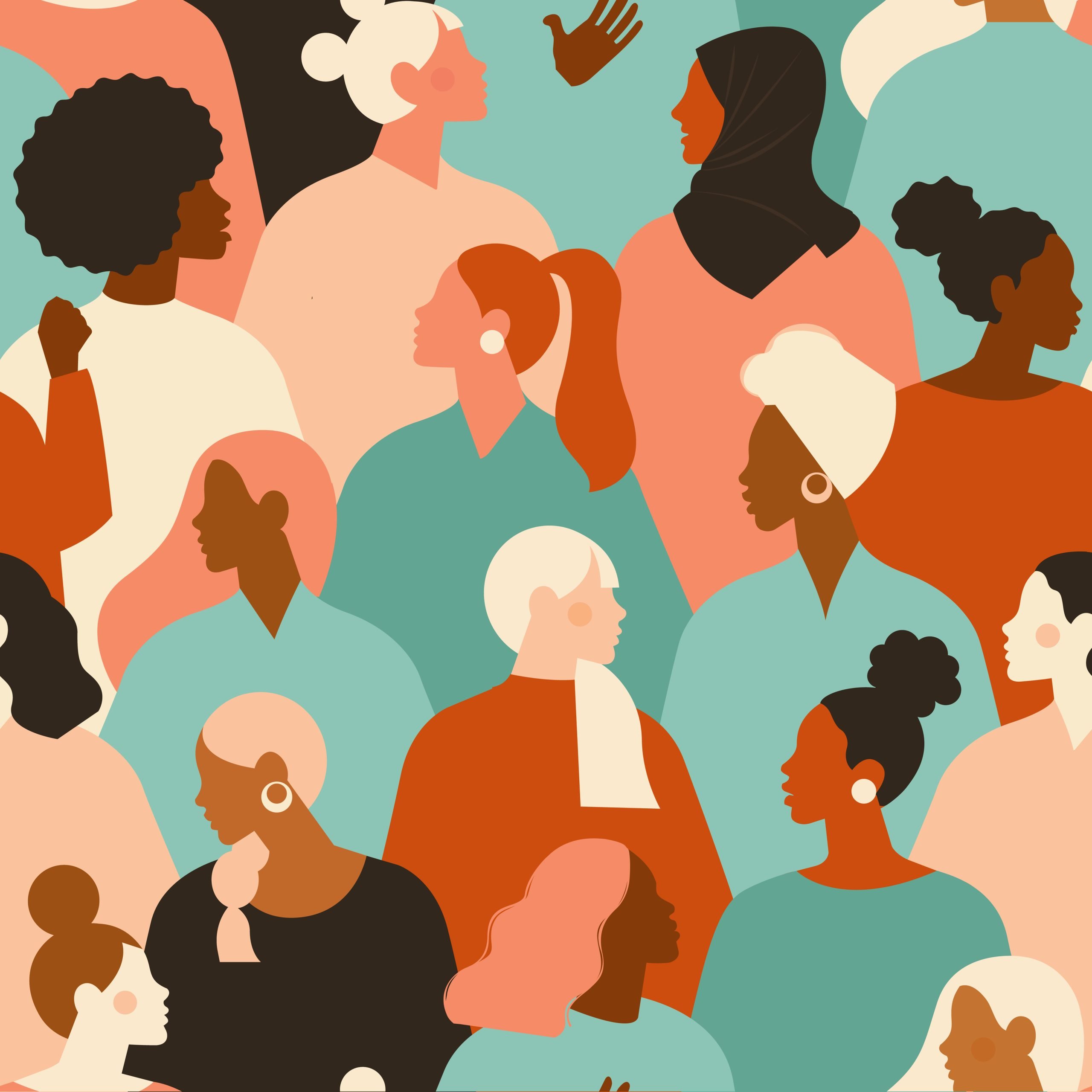On June 1, 2017, a report titled A Statistical Analysis of Child Marriage in India was launched by the Honourable Mr. Justice A. K. Sikri, Judge, Supreme Court of India. The first report to focus on child marriage, it was a study based on a comparison of 2001 and 2011 Censuses, conducted by the Indian branch of the charity Young Lives in collaboration with the National Commission of Protection of Child Rights.
According to the report, at the national scale there was a minimal overall decline in the marriage of minor girls (below 18 years), from 2.51% to 2.44%, while in the case of minor boys (below 21 years), there was substantial decrease from 9.64% to 2.18%.
When considering only the rural areas the percentage of girls reduced from 2.75% to 2.43%, whereas in urban areas it increased from 1.78% to 2.45%. For the boys the statistics show drastic changes, with a decline from 10.35% to 2.68% in rural areas and 7.56% to 2.18% in urban areas.
there is an increase in number of marriages of girl children in urban areas, and a decline in rural areas.
Among minors, the numbers of marriages among girls belong to the age group 15-17 is four times the number of girls in 10-14 age group, while the marriages of boys in the age group of 15-20 number four times more than the boys in 10-14 age group. No new marriages were reported in the 2011 census below the age of 10.
Interestingly, according to the report there is an increase in number of marriages of girl child in urban areas in India with a decrease in rural areas. This breaks the conventional belief that orthodox and oppressive practices like child marriage are primarily rural phenomena.
While no extensive research has been done on the causes, the reasons across regions given were poverty, patriarchal attitudes towards women and regulation of their lives, the belief that girls are ready to get married after menarche (first period), caste, lack of education, the birth order (with the girls being less likely to marry young if she had older brothers and/or sisters), gender discrimination faced by women in education, employment, and sexuality and sexual behaviour.
On the state level, Rajasthan had the most number of marriages with 8.3% girls (10-17 years) and 8.6% boys (10-20 years). While Rajasthan tops the list, it along with the states of undivided Andhra Pradesh, Bihar, Madhya Pradesh, West Bengal, Jharkhand, Uttar Pradesh, Haryana, Karnataka, Dadra and Nagar Haveli, comprising of 70 districts in total (the inter-district and rural-urban variations notwithstanding), have the highest incidence of child marriage for both girls and boys. Having 14% minor population of the country, they have 21% of incidence of child marriage.
Child marriage affects both boys and girls physically, psychologically, emotionally and intellectually.
In 2014, according to UNICEF, 46% of women in South Asia, 20-24 years old, reported being married before the age of 18, while 18% before 15 years. India, ranking second in the list, portrays a picture of a society still steeped in backward and oppressive customs.
Child marriage affects both boys and girls physically, psychologically, emotionally and intellectually. It disrupts their childhood, hampers educational development and means of procuring of livelihood/employment. It also obstructs their ability to mature or be productive in their adult life. Moreover, for women it leads to sexual and social subordination. It also extends their fertility span, leading to multiple pregnancies and health hazards for women, which may also affect the children borne by them. Furthermore, it facilitates the already existing disparities along the lines of class, caste, religion, ethnicity among others.
Justice AK Sikri, who launched the report, adds that it is of concern that the laws for child marriage and other social ills like dowry are ignored as they go against the social customs of people. Moreover, the laws themselves can be quite problematic. He gave an example of the Section 375 of Indian Penal Code, which codified laws against rape, which states that if a girl over 15 has sex with her husband it’s not considered rape. On the other hand, having sex with a ‘married’ girl under 15 constitutes rape. An article in The Hindu also reported Justice Sikri who spoke about how there was conflict between the ‘secular’ Prohibition of Child Marriage Act (PCMA) 2006 and the personal laws which again creates fissures in the legal system. The laws are complex and vague leaving space for loopholes, as well as being confusing.
Child marriage, as the report states, is also a violation of human rights on various aspects like consent and health. By law a marriage needs consent from both the parties, as is also recognized by the Universal Declaration of Human Rights (UDHR) in 1948. However, if any or both the partners are minors the consent is not voluntary. Moreover, the minors are, more often than not, not even given a choice in the matter or are too young to comprehend the situation and make a rational decision. It also leads to physical and mental health issues, especially among women.
The roots of this social evil lie in Brahminical patriarchy – the desire to maintain caste endogamy & women’s chastity.
There have also been many instances reported of both preventing child marriage and punishing the act, however, the practice still remains widely commonplace in the country.
The roots of this social evil can be roughly traced back to the 7th century AD, after which the Brahmanical texts like Dharma Sutras and Smritis gradually became predominant. These texts propagated endogamous marriages based on the notions of purity of higher castes as compared to lower castes, while another concern was protecting the virginity and sexuality of the woman. Controlling the social and sexual behaviour of the women also formed one of the main reasons for practices like child marriage, as it put young girls at the mercy of her husband’s family and also made her economically dependent on others.
Though it has gone through various changes over the subsequent centuries, the caste character of the stratification of Indian (and not just Hindu) society and its patriarchal notions retain their stronghold. Moreover, by 19th century, the practice had spread even among the lower castes. It was also a period of reforms and Age of Consent Act was passed in 1891. Mysore state set the minimum age for girls at 8 in 1894 and the Baroda Early Marriage Prevention Act of 1904 made 12 years as the minimum age.
Finally in 1929 came the Child Marriage Restraint Act (CMRA), popularly called the Sarda Act after Rai Sahib Harbilas Sarda, which set the minimum age for girls at 14 years and boys at 18 years. After independence, in 1978, the act was amended and the age of girls was raised to 18 years while that of boys to 21 years. Sarda Act was replaced by the latest Prohibition of Child Marriage Act 2006. The most important development of the act was appointing Child Marriage Prohibition Officers (CMPOs) with the duty of prevention of child marriages.
Thus, we have come a long way from the pre-independence years. However, there is still much that needs to be changed as the report also clearly shows. Even the acts, as the reports say, focused mainly on reducing the fertility years of women so as to control population, instead of attacking the institution of child marriage itself. Reforms are still needed in the laws as well as the the cultural perceptions of society regarding these practices. Both these spheres need to work in tandem, devising programs for eradication of such practices.
Also Read: Reading Between The Lines: An Analysis Of The Mukhyamantri Kanya Vivah Yojana
Featured Image Credit: Girls Not Brides




